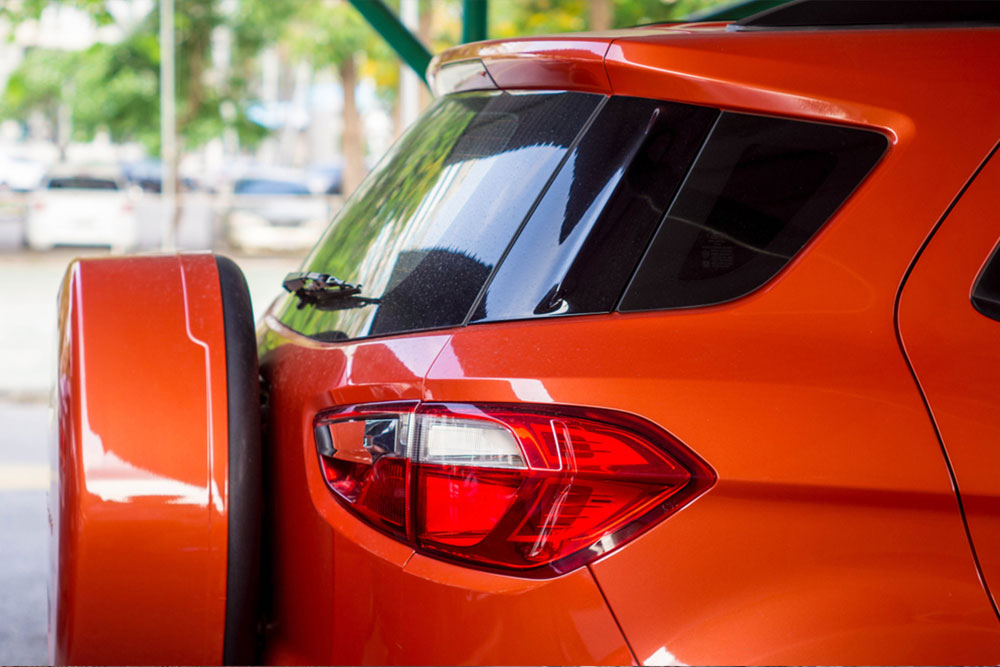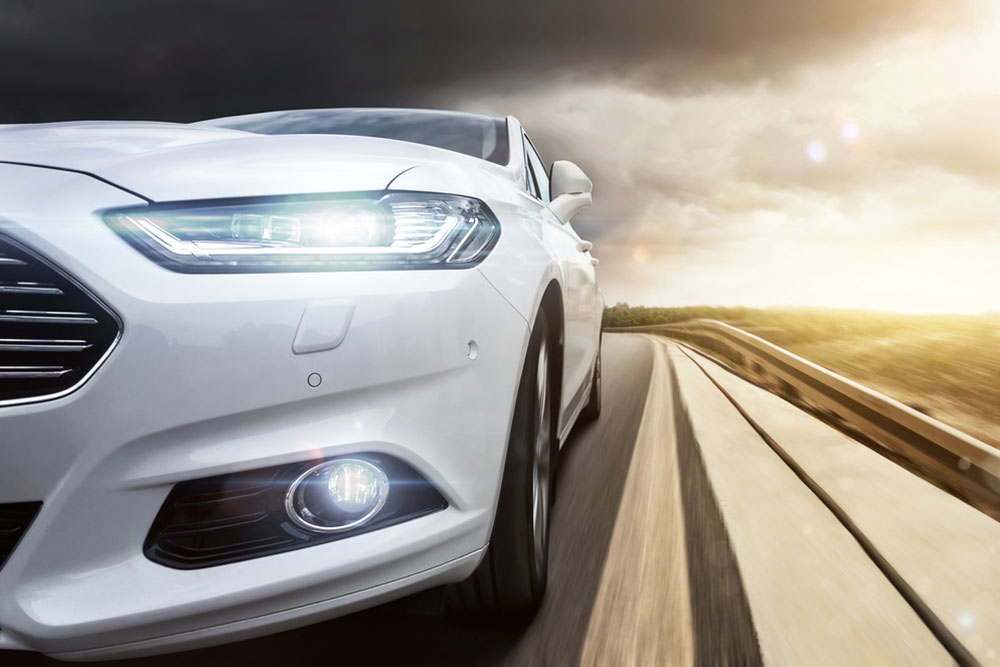Comparing Premium Crossovers and Traditional SUVs: Which Suits Your Needs?
Discover the key differences between luxury crossovers and traditional SUVs to make an informed choice. This guide explains vehicle platforms, construction, and identifies top models in the luxury crossover segment, helping buyers select the perfect family car with confidence and clarity.
Premium Crossovers vs. Conventional SUVs: Making the Right Choice
Many consumers often wonder what distinguishes a crossover from a traditional SUV. Crossovers have rapidly gained popularity, dominating modern roads with their blend of comfort, efficiency, and versatility. Major automakers now regularly introduce crossover models, reflecting their market demand. But what truly defines a crossover SUV? If you're considering a family vehicle, understanding the differences between these vehicle types is essential.
Is there confusion about whether a vehicle is a crossover or an SUV? Let’s clarify.
Defining the Difference
While the basic distinction is clear—crossovers are built on car-based platforms and SUVs on truck frames—practical applications often blur the lines. For instance, many models labeled as SUVs, like the Ford Explorer, Jeep Grand Cherokee, and Toyota Highlander, are actually crossovers due to their unibody design, despite their branding and appearance.
Chassis and Build
Crossovers are constructed on unibody platforms, meaning the body and frame are integrated, offering a lighter, more fuel-efficient drive. Conversely, traditional SUVs employ a body-on-frame construction, where the body is mounted atop a separate frame, enhancing towing capacity and off-road capability.
Due to these differences, the term “SUV” is often used broadly to include both vehicle types. Historically, SUVs were larger with lower fuel efficiency, but the rise of crossover models has expanded the definition. Automakers now use the term “crossover” to emphasize their cars' drivability and economy, shifting perceptions.
Identifying True SUVs
If you're uncertain whether your vehicle is a body-on-frame SUV or a crossover, the safest term is “SUV.” This label generally applies to all-wheel-drive vehicles with raised ground clearance. Most family-oriented models, like the Lexus RX, Acura MDX, Nissan Pathfinder, along with body-on-frame options such as the Chevrolet Tahoe or Ford Expedition, are accurately called SUVs, but their construction differs.
Our editors evaluate vehicles comprehensively, considering various objective and subjective criteria, to determine the top models. Here are some excellent luxury crossovers worth considering:
Acura MDX
Starting at $45,175, the Acura MDX offers a perfect combination of advanced technology, spaciousness, and sporty handling in a refined three-row crossover that prioritizes comfort and convenience.
Acura RDX
Priced from $36,795, the Acura RDX is ideal for those valuing safety and technology. It features efficient fuel consumption, a smooth ride, and proactive safety features like forward-collision alerts and adaptive cruise control.
Audi Q3
Starting at $33,875, the Audi Q3 boasts LED headlights, panoramic sunroof, heated leather seats, and superior ride quality. Equipped with multiple safety systems like airbags and ABS, it competes with the BMW X1, Mercedes-Benz GLA, and Mini Countryman in the compact luxury SUV segment.
Bentley Bentayga
At a high-end price of $231,825, the Bentley Bentayga is a super-luxury SUV delivering exceptional speed, power, and comfort. It features a top speed of 187 mph, premium leather interiors, rear entertainment, and advanced tech, ensuring a luxurious driving experience.
Jeep Grand Cherokee SRT
Starting at $67,990, this high-performance crossover combines race-inspired features with luxury. It offers a 475-hp V8 engine, paddle-shift transmission, all-wheel drive, and high-performance braking to deliver both speed and refinement.










